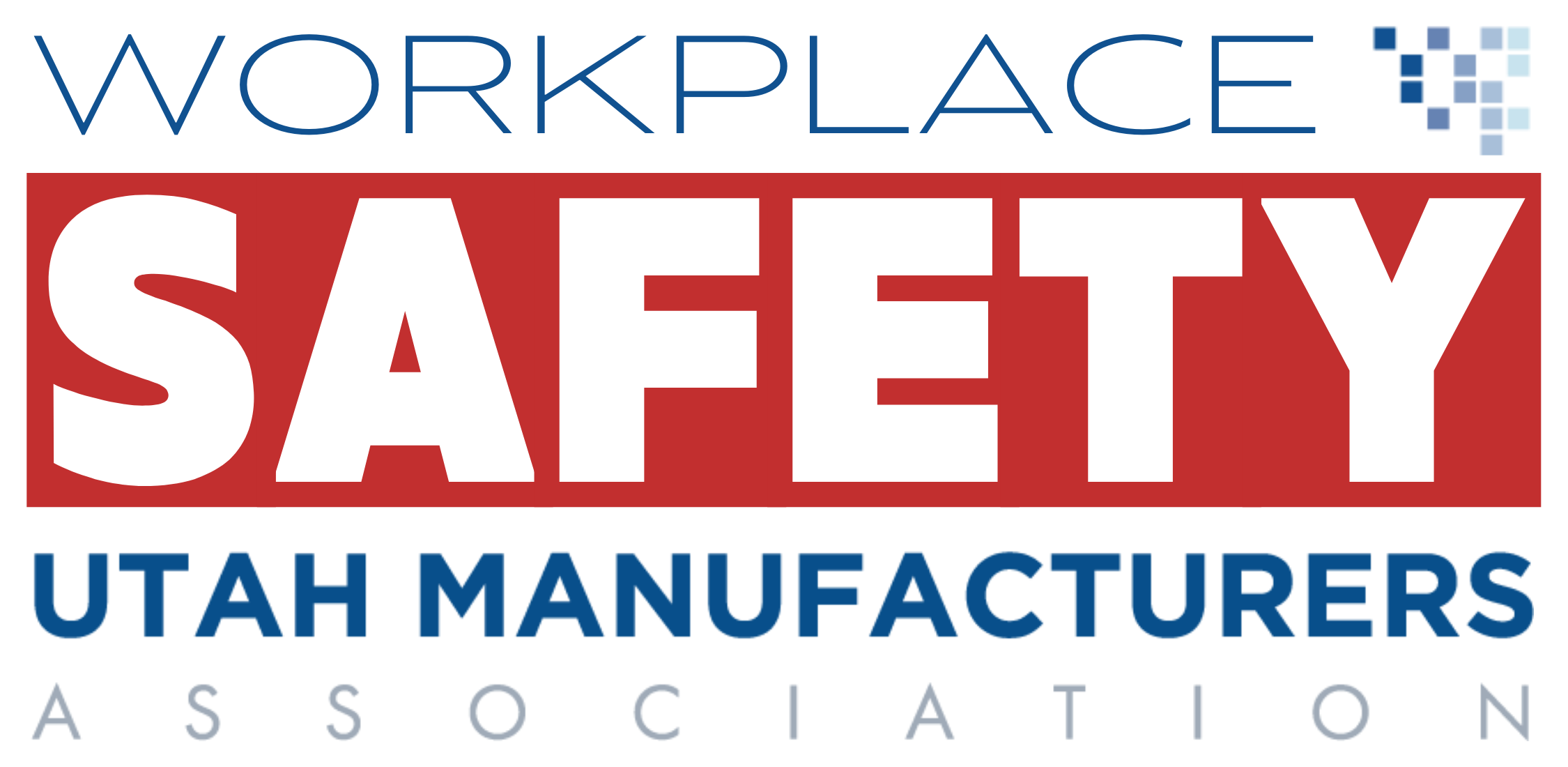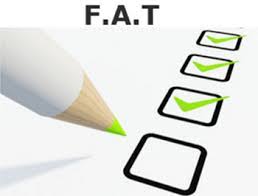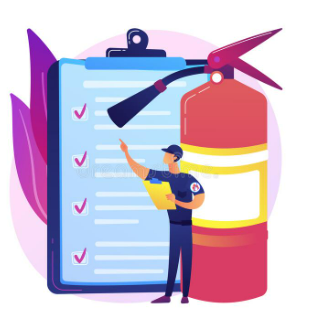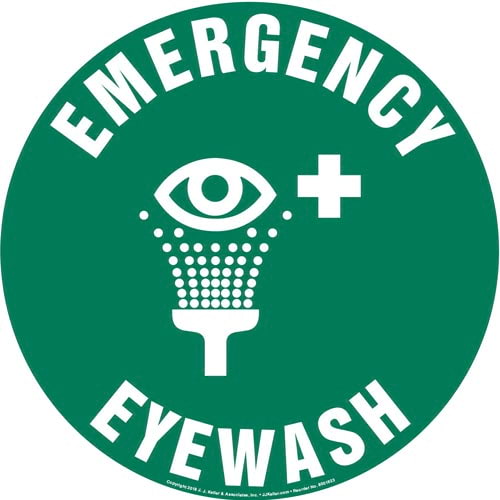Title Page
-
Partner / Site
-
Location
-
Conducted on
-
Prepared by
General Workplace
GENERAL WORK ENVIRONMENT
-
Are all worksites clean and orderly?
-
Are work surfaces kept dry or appropriate means taken to assure the surfaces are slip-resistant?
-
Are all spilled materials or liquids cleaned up immediately?
-
Are combustible scrap, debris, and waste stored safely and removed from the worksite promptly?
-
Are covered marked metal waste cans used for oily and paint-soaked waste?
-
Are all restrooms and washing facilities clean and sanitary?
-
Are all work areas adequately illuminated?
-
Are pits and floor openings covered or otherwise guarded?
-
When lunches are eaten on the premises, are they eaten in areas where there is no exposure to toxic materials or other health hazards?
Fall Protection/Working from Heights
ELEVATED SURFACES
-
Is scaffolding used in this Area?
-
Is scaffolding erected following OSHA Regulations?
-
Do employees working on scaffolding use proper Fall protection?
-
Are all scaffolding properly permitted and labeled?
-
Are there elevated work surfaces in this area?
-
Are signs posted, when appropriate, showing the elevated surface load capacity?
-
Are surfaces elevated more than 4 feet above the floor or ground provided with standard guardrails?
-
Are all elevated surfaces (beneath which people or machinery could be exposed to falling objects) provided with standard 3.5 -inch toeboards?
-
Is a permanent means of access and egress provided to elevated storage and work surfaces?
-
Is required headroom provided where necessary?
-
Is material on elevated surfaces piled, stacked or racked in a manner to prevent it from tipping, falling, collapsing, rolling or spreading?
-
Are dock boards or bridge plates used when transferring materials between docks and trucks or rail cars?
-
Do ALL employees required to work at heights receive training? (Working closer that 6' from a unprotected edge)
-
Is working at heights training completed annually?
-
Is Working at Heights training documented for all required employees?
Hazardous Substances Communication
HAZARDOUS SUBSTANCES COMMUNICATION
-
Are there Hazardous Substances Used in this area?
-
Is there a list of hazardous substances used in your workplace?
-
Is there a written hazard communication program dealing with Safety Data Sheets (SDS) labeling, and employee training?
-
Does this program include:
-
Is there an employee training program for hazardous substances?
-
An explanation of what a SDS is, and how to use and obtain one?
-
Explanation of "Right to Know"?
-
How employees will be informed of hazards of non-routine tasks, and hazards of unlabeled pipes, containers etc.
-
Identification of where employees can see the employer's written hazard communication program and where hazardous substances are present in their work area?
-
Details of the hazard communication program, including how to use the labeling system and SDSs?
-
Is each container for a hazardous substance (i.e. vats, bottles, storage tanks,) labeled with product identity and a hazard warning (communication of the specific health hazards and physical hazards)?
-
Is there a Safety Data Sheet readily available for each hazardous substance used?
Personal Protective Equipment
PERSONAL PROTECTIVE EQUIPMENT
-
Are approved safety glasses required to be worn at all times in areas where there is a risk of eye injuries such as punctures, abrasions, contusions or burns?
-
Are employees who need corrective lenses (glasses or contacts lenses) in working environments with harmful exposures, required to wear only approved safety glasses, protective goggles, or use other medically approved precautionary procedures?
-
Are protective goggles or face shields provided and worn where there is any danger of flying particles or corrosive materials?
-
Were there any employees witnessed not wearing proper safety eyewear in required areas?
-
Are protective gloves, aprons, shields, or other means provided against cuts, corrosive liquids, and chemicals?
-
Are there any hazards that would require head protection
-
Are employees observed wearing proper head protection in designated areas?
-
Are hard hats inspected periodically for damage to the shell and suspension system?
-
Is appropriate foot protection required where there is the risk of foot injuries from hot, corrosive, poisonous substances, falling objects, crushing or penetrating actions?
-
Are all employees and visitors observed with proper foot protection?
-
Does the facility have an electrical department or electrician/electrical maintenance on staff?
-
Do all electrical workers have proper rated electrical PPE?
-
Is electrical PPE properly stored?
-
Is electrical PPE properly inspected?
-
Where special equipment is needed for electrical workers, is it available?
-
If there is electrical PPE is PPE in good repair and being properly inspected?
-
Are noise levels above acceptable exposure limits? (90dB 8hr shifts, 85dB 10hr shifts, 82dB 12hr shifts)
-
Is protection against the effects of occupational noise exposure provided when sound levels exceed those of the noise standard?
-
Were employees witnessed using proper hearing protection?
-
Are employees that are required to use hearing protection part of a documented hearing conservation program?
-
Are employees that are required to use hearing protection given annual audiometric testing?
Portable Ladders
PORTABLE LADDERS
-
Are Portable ladders used in this area?
-
Are all ladders maintained in good condition, joints between steps and side rails tight, all hardware and fittings securely attached, and moveable parts operating freely without binding or undue play?
-
Are non-slip safety feet provided on each ladder?
-
Are ladder rungs and steps free of grease and oil?
-
Is there a formal Documented Ladder Safety Program?
-
Is it prohibited to place a ladder in front of doors opening toward the ladder except when the door is blocked open, locked or guarded?
-
Is it prohibited to place ladders on boxes, barrels, or other unstable bases to obtain additional height?
-
Are employees instructed to face the ladder when ascending or descending?
-
Are employees prohibited from using ladders that are broken, missing steps, rungs, or cleats, broken side rails or other faulty equipment?
-
Are employees instructed not to use the top 2 steps of ordinary stepladders as a step?
-
When portable rung ladders are used to gain access to elevated platforms, roofs, and the like does the ladder always extend at least 3 feet above the elevated surface?
-
Are portable metal ladders legibly marked with signs reading "CAUTION" "Do Not Use Around Electrical Equipment" or equivalent wording?
-
Is it required that when portable rung or cleat type ladders are used the base is so placed that slipping will not occur, or it is lashed or otherwise held in place?
-
Are employees instructed to only adjust extension ladders while standing at a base (not while standing on the ladder or from a position above the ladder)?
-
Are all ladders inspected for damage?
-
Are employees prohibited from using ladders as braces, skids, gin poles, or for other than their intended purposes?
-
Are the rungs of ladders uniformly spaced?
-
Is there a formal ladder training conducted annually?
Lockout Tagout
LOCKOUT TAGOUT
-
Is there a documented LOTO written Program?
-
Has the LOTO program had a documented review in the past 12 months?
-
Is there a Master Machine List?
-
Are employees required to keep personal control of their key(s) while they have safety locks in use?
-
Is all machinery or equipment capable of movement, required to be de-energized or disengaged and blocked or locked-out during cleaning, servicing, adjusting or setting up operations, whenever required?
-
Is it required that employees check the safety of the lockout by attempting a start up after making sure no one is exposed? (Try Step)
-
Are their Posted LOTO matrix for each machine?
-
Are the appropriate electrical enclosures identified? (Are electrical panel ratings posted?)
-
Are all LOTO points identified at the lock out point, and correlate to posted procedures?
-
Does the lockout procedure require that stored energy (i.e. mechanical, hydraulic, air,) be released or blocked before equipment is locked-out for repairs?
-
Spot check LOTO procedure and ensure all necessary information is there. Does the procedure make sense and does it bring the machine to a ZERO energy state?
-
Are all equipment control valve handles provided with a means for locking-out?
-
Are appropriate employees provided with individually keyed personal safety locks?
-
Is their a master lock list that specifies who is issued what lock?
-
Is the proper owner info provided for each lock? Including owner info?
-
In LOTO situations are ALL individuals potentially exposed covered by a personal lock that only they have control of?
-
Do all LOTO authorized employees receive documented Annual Training?
-
Is there documented annual LOTO awareness training for all employees?
Powered Industrial Trucks - Forklifts
-
Are PIVs (Forklifts) used in this Area?
POWERED INDUSTRIAL TRUCKS - FORKLIFTS
-
Are documented daily inspections being completed for every PIV?
-
Are only trained and certified employees allowed to operate PIVs?
-
Are only trained personnel allowed to operate industrial trucks?
-
Is there documented compliant proof of training?
-
Check Operator for operator licenses, do they have on on their person?
-
Are there any visible defects observed on any PIVs?
-
Is substantial overhead protective equipment provided on high lift rider equipment?
-
Are the required lift truck operating rules documented and enforced?
-
Is directional lighting provided on each industrial truck that operates in an area with less than 2 foot candles per square foot of general lighting?
-
Does each industrial truck have a warning horn, whistle, gong or other device which can be clearly heard above the normal noise in the areas where operated?
-
Are proper inspections being completed and at a compliant frequency?
Material Handling
MATERIAL HANDLING
-
Is there safe clearance for equipment through aisles and doorways?
-
Are aisleways designated, permanently marked, and kept clear to allow unhindered passage?
-
Are dock boards (bridge plates) used when loading or unloading operations are taking place between vehicles and docks?
-
Are trucks and trailers secured from movement during loading and unloading operations?
-
Are hand trucks maintained in safe operating condition?
-
Are product chutes used?
-
Are chutes and gravity roller sections firmly placed or secured to prevent displacement?
-
Are chutes equipped with sideboards of sufficient height to prevent the materials being handled from falling off?
-
At the delivery end of rollers or chutes, are provisions made to brake the movement of the handled materials.
-
Are pallets usually inspected before being loaded or moved?
-
Are cranes or hoist used in the area?
-
Are hooks with safety latches or other arrangements used when hoisting materials so that slings or load attachments won't accidentally slip off the hoist hooks?
-
When hoisting material or equipment, are provisions made to assure no one will be passing under the suspended loads?
-
Are securing chains, ropes, hooks, chockers or slings adequate for the jobs to be performed?
-
Is their documented Crain/hoist training for operators?
-
Is there a documented Inspection process for all hoists?
-
Are Safety Data Sheets available to employees handling hazardous substances?
Hand Tools & Equipment
HAND TOOLS & EQUIPMENT
-
Are all tools and equipment (both, company and employee-owned) used by employees at their workplace in good condition?
-
Are all hand tools required to be inspected before use?
-
Is their documented inspections of hand tools?
-
Are employees that use hand tools in their jobs required to complete annual hand tool safety training?
-
Are employees made aware of the hazards caused by faulty or improperly used hand tools?
-
Is appropriate PPE, safety glasses, face shields, and similar equipment used while using hand tools or equipment that might produce flying materials or be subject to breakage?
-
Are hand jacks used in the area?
-
Are they inspected before use?
-
Are tools stored in dry, secure location where they won't be tampered with?
Machine Guarding
MACHINE GUARDING
-
Is their a documented machine guarding safety program?
-
Has the program been reviewed in the past 12 months?
-
Is there a documented training program to instruct employees on safe methods of machine operation including guarding requirements?
-
Is there a regular program of safety inspection of machinery and associated Guarding?
-
Is all machinery and equipment kept clean and properly maintained?
-
Is sufficient clearance provided around and between machines to allow for safe operations, set up and servicing, material handling and waste removal?
-
Is equipment and machinery securely placed and anchored, when necessary to prevent tipping or other movement that could result in personal injury?
-
Is there a power shut-off switch within reach of the operator's position at each machine?
-
Can electric power to each machine be locked out for maintenance, repair, or security?
-
Are foot-operated switches guarded or arranged to prevent accidental actuation by personnel or falling objects?
-
Are manually operated valves and switches controlling the operation of equipment and machines clearly identified and readily accessible?
-
Are all emergency stop buttons colored red and properly labeled as required?
-
Are all moving chains and gears properly guarded?
-
Are splashguards mounted on machines that use coolant, to prevent the coolant from reaching employees?
-
Are methods provided to protect the operator and other employees in the machine area from hazards created at the point of operation, ingoing nip points, rotating parts, flying chips, and sparks?
-
Are machinery guards secure and so arranged that they do not offer a hazard in their use?
-
If special hand tools are used for placing and removing material, do they protect the operator's hands?
-
Are revolving drums, barrels, and containers required to be guarded by an enclosure that is interlocked with the drive mechanism, so that revolution cannot occur unless the guard enclosure is in place, so guarded?
-
Are provisions made to prevent machines from automatically starting when power is restored after a power failure or shutdown?
-
Are machines constructed so as to be free from excessive vibration when the largest size tool is mounted and run at full speed?
-
If machinery is cleaned with compressed air, is air pressure controlled and personal protective equipment or other safeguards used to protect operators and other workers from eye and body injury?
-
Are fan blades protected with a guard having openings no larger than 1/2 inch, when operating within 7 feet of the floor?
-
Are saws used for ripping, equipped with anti-kick back devices and spreaders?
-
Are radial arm saws so arranged that the cutting head will gently return to the back of the table when released?
-
Are all rotating equipment such as shafts drive belts and such guarded properly?
-
Are all moving parts of machines below 7 feet of the work surface adequately guarded following OSHAs guarding requirements?
Additional Observations/Recommendations
ADDITIONAL OBSERVATIONS/RECOMMENDATIONS
-
Enter recommendations here
COMPLETION
-
Full Name and Signature of the Inspector
-
Contact Info:
-
Joshua@manufacturingutah.com Phone: 801-363-3885 ext.105

















